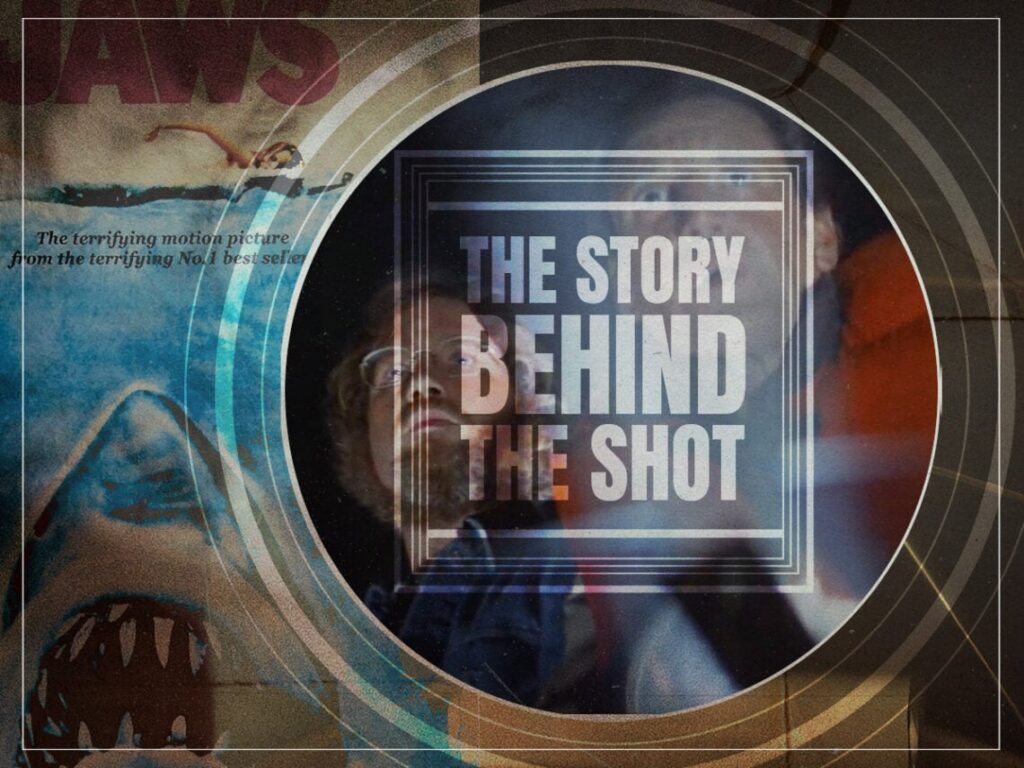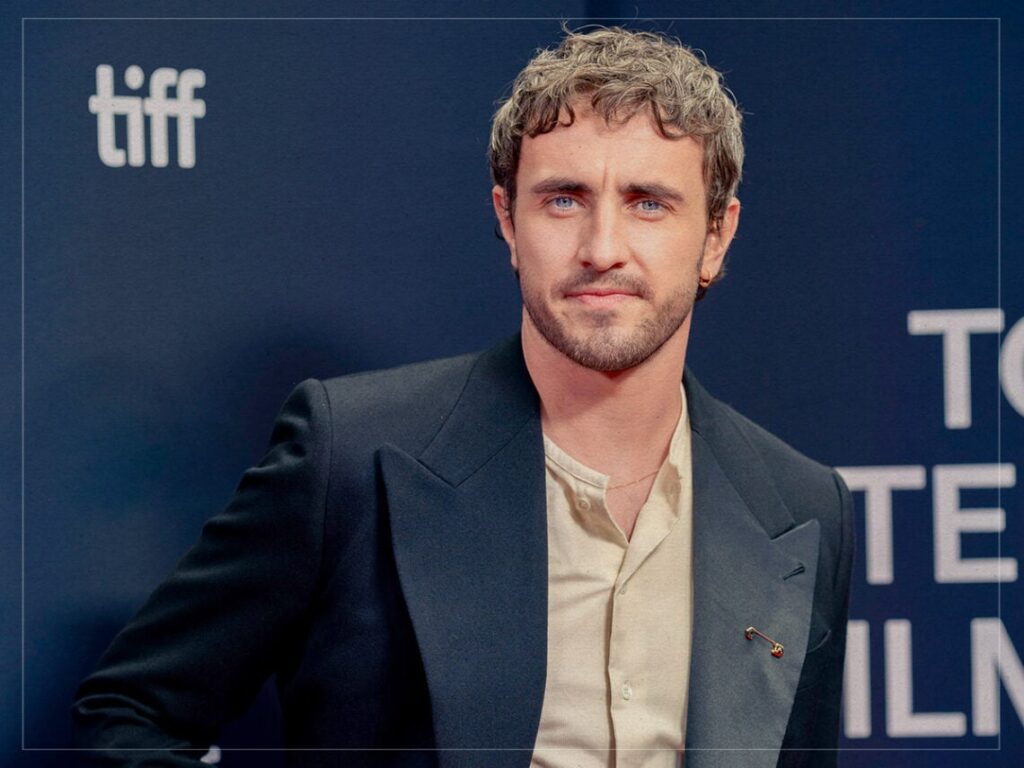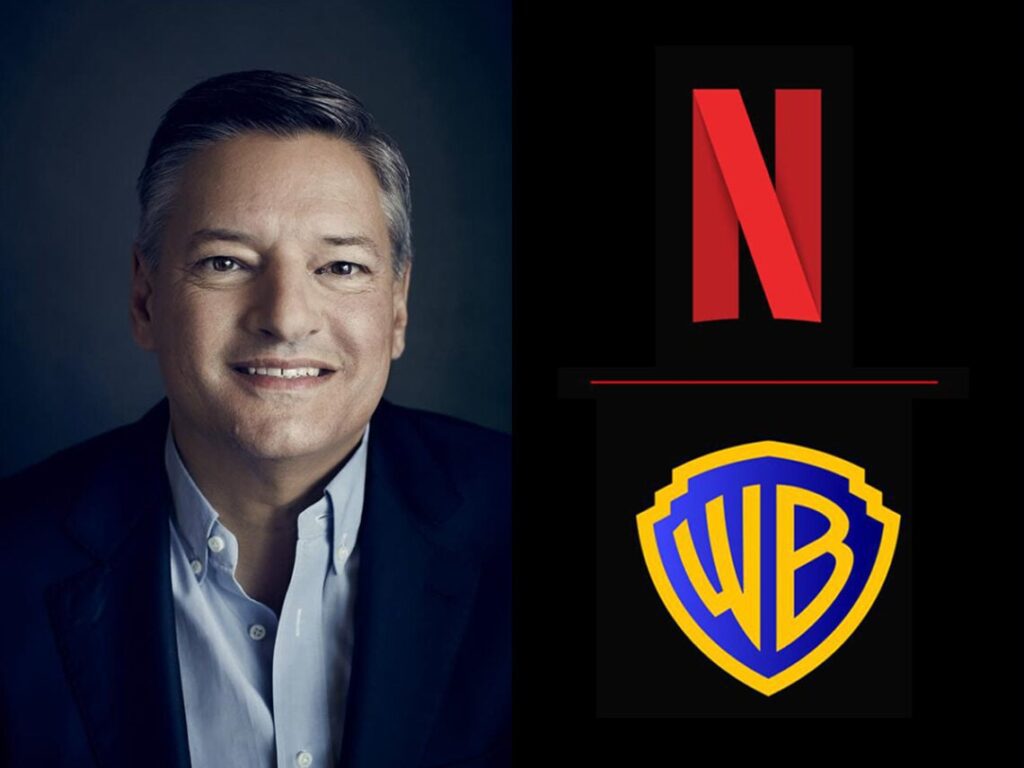The Story Behind The Shot: ‘Jaws’ and Steven Spielberg’s picture-perfect jump scare
 Posted On
Posted On
(Credits: Far Out / Universal Pictures)
It’s become part of Hollywood folklore that Steven Spielberg’s Jaws weathered one of the most torturous and troublesome productions to completely change the face of cinema, but the only reason the film ended up with one of cinema’s all-time great jump scares was because the director was feeling greedy.
Ironically, it’s debatable whether Jaws would have been quite as transformative had everything gone to plan. The shoot dragged on behind schedule and cost a great deal more than it should, which left Spielberg to rely much heavier on the power of suggestion than he’d initially intended.
The plan was for the shark to be a larger presence in the story, but when the damned thing wouldn’t work to his satisfaction, Spielberg realised that he’d be better off utilising it as a force of nature. The aquatic predator might be Jaws‘ biggest threat, but it only has a tangential connection to the movie’s scariest moment by far.
Everyone who’s seen Jaws knows precisely what that moment is, and everybody jumps the first time they watch it. What makes it even more incredible is that it wasn’t even added until long after production had wrapped, with the discovery of Craig Kinsbury’s half-eaten fisherman Ben Gardner only being shot after the first wave of test screenings. Spielberg knew he’d made a scary picture, but he wanted something more.
“The audience loved the movie; we were all happy,” the filmmaker told Vanity Fair. “But I was greedy, and I said, ‘There is one more scream we can get in this movie if I can figure out this thing with Ben Gardner’s head.’” Needless to say, he figure it out and then some.
With the studio unwilling to funnel any more funds into a production that had already burned a bigger hole in the pocket than first agreed, Spielberg stumped up $3,000 of his own money and did it himself. Using a latex cast of Kinsbury’s head, the most terrifying moment in Jaws was filmed in the decidedly less haunting surroundings of editor Verna Fields’ swimming pool.
The directorial wunderkind covered the pool in a tarp and dumped powdered milk into the water to make it appear darker and murkier on camera, which hardly sounds like the makings of a classic shot. And yet, that moment where Gardner’s head pops out of a sunken vessel had viewers screaming in the theatre, and it remains as impactful now for any first-time viewer of Jaws who doesn’t know what’s coming as it ever did.
It comes at roughly the midway point of the movie, too, which is a subtle indicator that the shark’s reign of terror is only just getting started. Richard Dreyfuss’s Hooper investigates what lies beneath the calm waters and, like the audience, emerges in desperate need of clean underwear after discovering the answer was something he’d rather not have witnessed first-hand.
A masterclass in building dread and tension, the scene is so still to begin with that it’s inevitable something major is about to happen, but Spielberg never offers any indication that it’s going to be a decomposing head with one of its eyeballs missing. It’s one of the finest ‘popcorn getting thrown ten feet in the air’ moments the moving image has ever been blessed with, all because Spielberg spent three grand and borrowed a swimming pool to satiate his self-indulgent – but entirely correct, in retrospect – need for one more grandstanding moment.
[embedded content]
Related Topics


